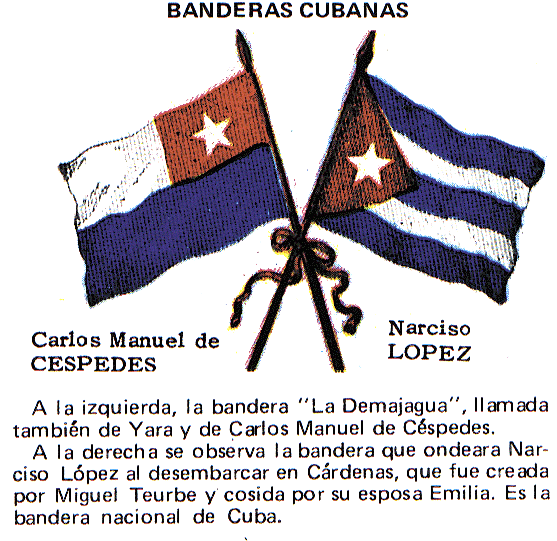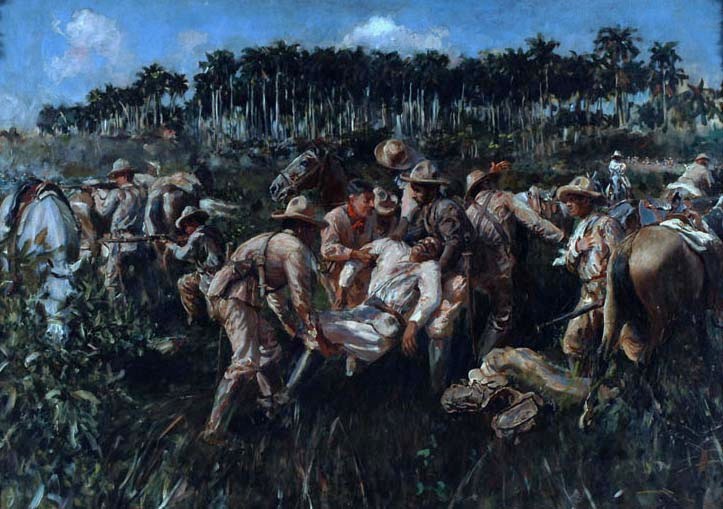Total Pageviews
Saturday 28 February 2015
The future of Cuba is not capitalism
FOR THOSE out there who fear that the recent moves by Obama may be the thin edge of the capitalist wedge, then this article from the website Counterpunch is a necessary reassurance. For those who think that the US policy is the best way to bring about regime chnage, it is a salutory lesson.
In this interview, Alejandro Castro Espín, Doctor of Political Science and social researcher and son of Cuban president Raul Castro and the late Vilma Espin, openly shares his thoughts regarding the reestablishment of relations between Cuba and the United States. He also explains how Cuban participatory democracy works and his perception of the future of Cuba. It is defintiely not a capitlaist future and he eloquently explains why:
"Cubans are a people who suffered from capitalism in the cruelest way, in the social order, the economic order and the political order. The United States turned to repression when its prominence started to slip in Latin America through establishing military dictatorships. Then there is the case of Henry Kissinger who was a known scholar who later became the National Security Advisor to President Nixon and later on Secretary of State. He received the Nobel Peace Prize for his role in establishing relations between the U.S. and China. At the same time that he was doing that he was also encouraging all sorts of covert actions against Cuba including political assassinations. This contradiction is one that is hard to understand. This is why Cuba cannot go back to capitalism; we know all the tragic experience that it has generated for Latin America and the world. We also know the positive experiences of socialism not only in our geographic environment but also like what we are witnessing in China."
Saturday 7 February 2015
Que locura! Leonardo Padura launches his latest novel in Cuba
Havana, Cuba, 7 February 2015
By a strange quirk of fate (such serendipity is actually not so uncommon in Cuba), I happened to be free today and
it happened to be the day (suddenly decided as things always are here) that the
Union of Artists and Writers (UNEAC for short) chose to launch ‘my author’s’
latest novel Herejes (Heretics) here
for the first time. I call him 'my author' because I have the vicarious claim to fame of having been the man who 'discovered' Leonardo Padura in the English speaking academic establishment.
Completed in 2013 this book has already won a prize for
historical novels in Spain and has gone to two editions there. But today Cuban.
readers will be able to relish the revival of their favourite fictional detective, Mario Conde, for the first time since the late 1990s.
UNEAC sold 1,000 copies this morning in about an hour and there are another 3,000 to be sold in the island over the next few weeks. The sale today was only in Cuban national pesos at a price anyone can afford… just 30 pesos MN a copy - or about US$1.20.
UNEAC sold 1,000 copies this morning in about an hour and there are another 3,000 to be sold in the island over the next few weeks. The sale today was only in Cuban national pesos at a price anyone can afford… just 30 pesos MN a copy - or about US$1.20.
A complex and long novel that spans four centuries, Herejes contains numerous narrative points of view and a variety of protagonists. Its main thesis
boils down to a discussion of the title – heresy and what it can mean at
different times, in different contexts and cultures. This is a theme the author has discussed in his novels throughout his career. Here again, he breaks ground in the Cuban context by incoporating a copiously researched historical novel regaridng the treatment of Jews in Europe with a more prosaic contemporary detectuve story set in Havana. The English language edition is to be published soon in the UK by Bitter Lemon Press.
You can read my review of this novel (in Spanish) here:
Friday 6 February 2015
In the Museum of the Captain General
Havana, Cuba, 6 February, 2015
Today I went to place where every American
visitor should go here in Havana if they entertain the idea that Obama’s policy
will win them back this island. It is a place that in the 30 odd years I have
been coming to Cuba, I had never been before. So there you go. There is always
something new to be learned, to be seen and to be enlightened by.
The place I am talking about is easily
found. It is on the well-beaten tourist track, in fact it is housed within one
of the most visited buildings in the city, the magnificent (in the true sense
of the word) 18th century palace of the Captain General in the Plaza
de Armas. It was for a while the place from which the Americans held dominion
over the island between 1898 and 1902. A huge, limestone baroque Xanadu, the mother
of all colonial buildings complete with a wooden paved road outside so that the
sound of horses would not to keep the Captain General and his wife awake at
siesta time. Now it serves as a prosaic and ironic reminder that neither the Spanish
nor the Americans hold power here. It is a museum to the history of the
struggle for Cuba’s independence in the 19th century.
So here, today hang portraits of the great
heroes: the founding father de Cespedes, the poet apostle Martí and of course
the Bronze Titan, Maceo, so called because he was wounded more than 20 times
and carried that much shrapnel in his body. All three died in battle.
However, among all these exhibits hangs one
that carries a message that every American should know, for here in one of the
rooms hang the first flags of Cuba. I am talking about the actual cloth
objects. The very first flags, symbols of the new nation, or one should say that
at the time of their creation, the nation that was being dreamed into being.

The first flag was de Cespedes’ flag, not
the flag we see today that is familiar with its single white star on a red
triangle and three blue stripes. De Cespedes’ flag is made up of three oblongs
of red, white and blue and is similar to the flag of Texas. De Cespedes’ flag
was that which flew above his troops in 1868 when the first war of Independence
was launched. It was dropped in 1869 when the first Cuban republic was founded.
In the heat of the war that year, Cuba’s
first representative assembly was held and the first republic declared and at
that first assembly the gathered fighters adopted the flag we know today, but
it was not a new flag then. It in fact dated back to 1850 and belonged, not to
an independence fighter but to another type of rebel who at that time wanted to
wrest the island from Spain.
A keen sense of irony is a necessary quality
when viewing Cuban history, and here is a case in point. The flag that flies
over Cuba’s parliament today, the flag of Fidel Castro, is in fact the flag of
Narciso Lopez, a Venezuelan filibuster (a rather exotic word of Dutch origin
that is essentially a synonym for a pirate) who tried twice in the 19th
century to invade Cuba in order to have it annexed into the United States! And
as if to make the irony even harder to bear, that flag was designed in New
York.
The famous Cuban- American historian Louis
Perez Jnr. Has a book entitled ‘Ties of singular intimacy’. You cannot find a
more singular tie than the Cuban flag. As a symbol it just about captures it
all. As I looked at it today and I thought about it, it made me smile. “Look”
it says, “we want your inspiration, we want your republicanism, but we want it
to be our own. To stand on our own feet, to choose our way freely and not to
have it thrust upon us. We don’t want to be a part of you, we want to be as you
are. Sovereign and free.”
In the next room hangs an almost life sized
painting of the Death of Maceo, a classical scene rendered expertly by Menocal
in 1908. After viewing Lopez’s flag, the
North American visitor should contemplate what Maceo said: “He who tries to
take over Cuba will reap nothing but its soil steeped in the blood of its
people if they do not perish in the attempt.”
Subscribe to:
Posts (Atom)

.JPG)
